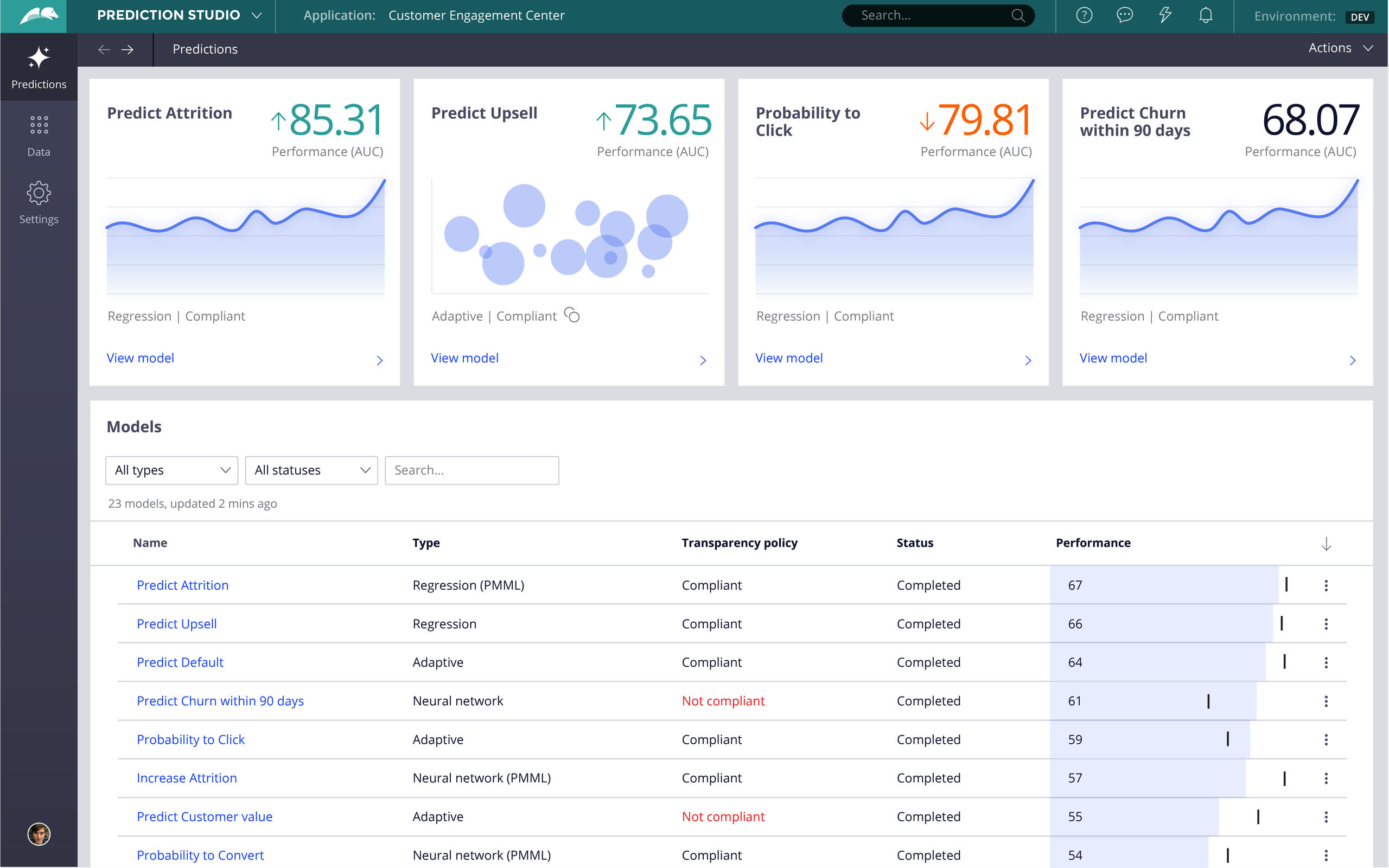

Preparing your local Windows 10 system – 45 minutes. To prepare a local Windows system, install required applications and configuration files. To prepare a local Linux system, install required applications and configuration files - Preparing your local Linux system – 45 minutes. Use Kubernetes tools and the customized orchestration tools and Docker images to orchestrate a deployment in a TKGI cluster that you create for the deployment: By completing these procedures, you deploy Pega Platform on a TKGI cluster with a PostgreSQL database instance and two clustered virtual machines (VMs). You can use this deployment for a Pega Platform development environment. Use the procedures in this guide, to install and deploy Pega software onto a TKGI cluster without much experience in either TKGI configurations or Pega Platform deployments.Ĭreate a deployment of Pega Platform on which you can implement a scalable Pega application in a TKGI cluster. Pega helps enterprises and agencies quickly build business apps that deliver the outcomes and end-to-end customer experiences that you need.

The following procedures are written for any level of user, from a system administrator to a development engineer who is interested in learning how to install and deploy Pega Platform onto a TKGI cluster. If your TKGI cluster is deployed on a different cloud, the database steps may be different. TKGI was formerly knows Pivotal Container Service (PKS). Deploying Pega Platform on a TKGI clusterĭeploy Pega Platform™ on a VMware Tanzu Kubernetes Grid Integrated Edition (TKGI) cluster using a PostgreSQL database you configure in Google Cloud Platform (GCP).


 0 kommentar(er)
0 kommentar(er)
